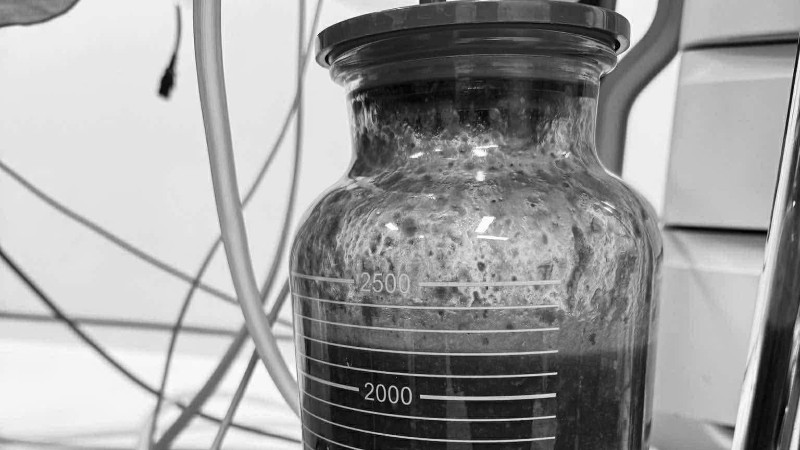On 13/9, representatives from the 108 Military Central Hospital reported that despite taking antibiotics at home, the patient's condition did not improve. Ultrasound and MRI scans at the hospital's Center for Plastic and Cosmetic Surgery revealed multiple abscesses scattered throughout the breast tissue and subcutaneous fat on both sides, accompanied by inflammation and surrounding soft tissue infiltration. Cultures of the pus confirmed a staphylococcus aureus infection, a bacteria known to cause serious infections.
Dr. Hoang Thanh Tuan, Deputy Director of the Center, said the patient was prescribed a high dose of antibiotics based on the antibiogram, combined with emergency surgery. The surgical team drained the pus, removed the silicon and inflamed tissue, while striving to preserve as much breast tissue and areola as possible. Surgeons extracted over two liters of a mixture of blood, pus, and liquid silicon.
 |
Over 2 liters of fluid were extracted from the patient's breasts. Photo: Provided by the doctor |
Over 2 liters of fluid were extracted from the patient's breasts. Photo: Provided by the doctor
According to Dr. Tuan, liquid silicon injections for breast augmentation were banned by the US Food and Drug Administration (FDA) in 1991 and by the Vietnamese Ministry of Health in 1995. However, many cosmetic establishments continue to promote this method with enticing claims of being painless, instantly effective, and safe.
"Injecting liquid silicon directly into the body can cause prolonged pain, infection, scarring, and permanent disfigurement. More seriously, it can cause embolism, stroke, and even death," Dr. Tuan said.
Experts advise those seeking cosmetic procedures to visit reputable, licensed hospitals or medical facilities. They strongly caution against injecting unverified substances of unknown origin into the body to avoid unforeseen complications.
Le Nga












